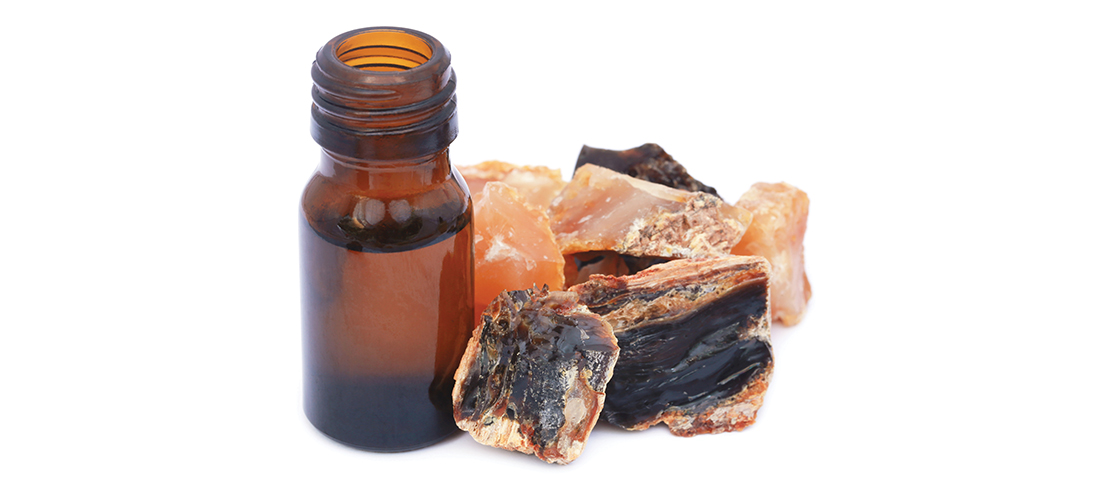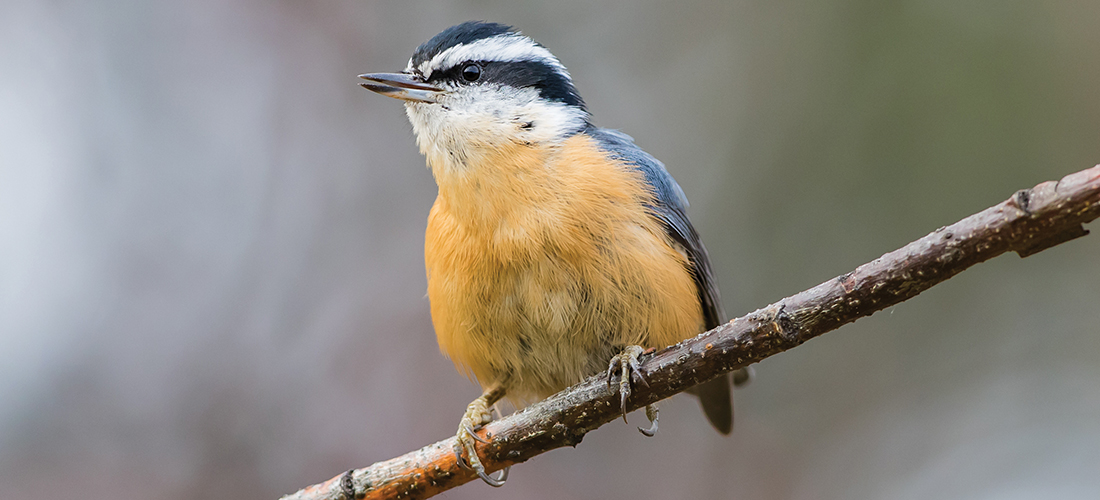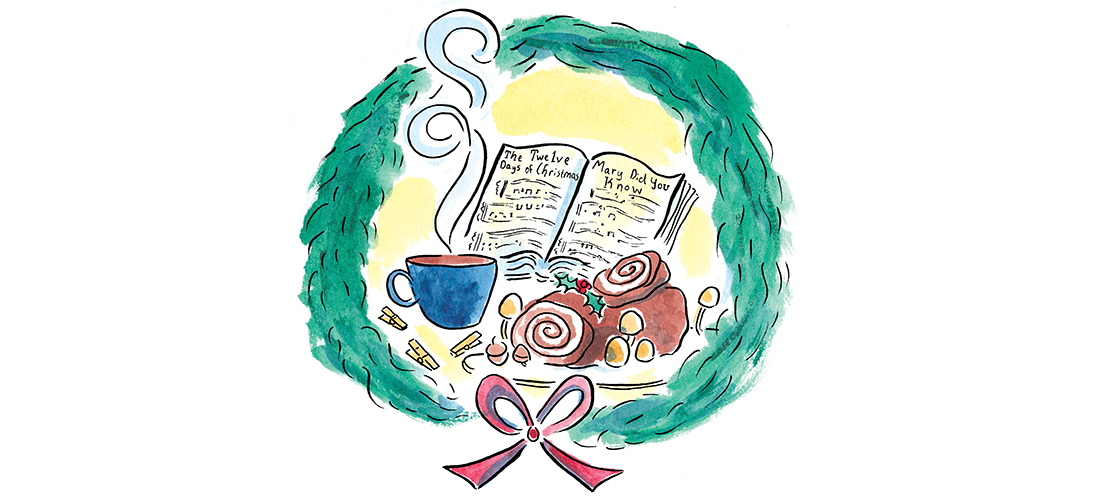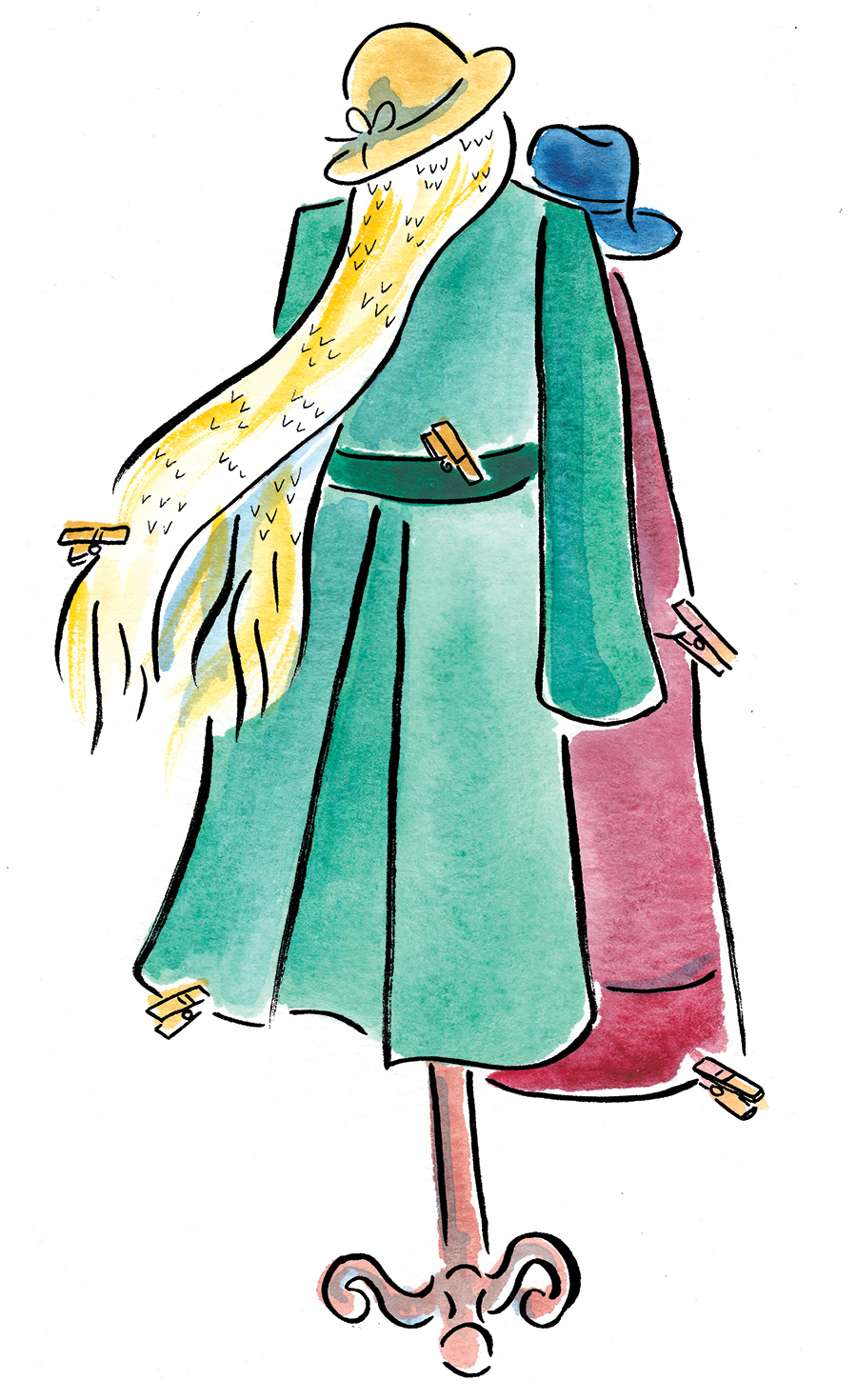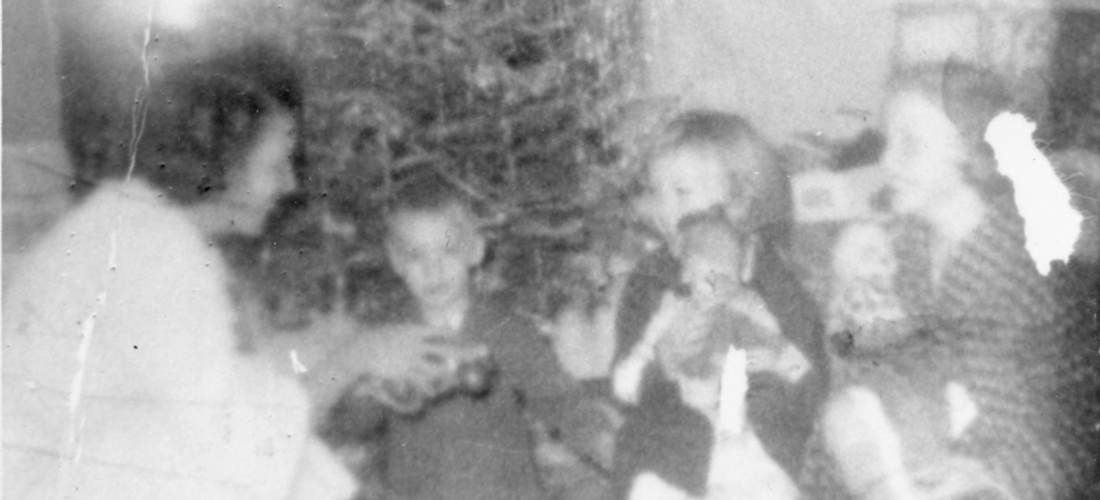The New Yorker Encyclopedia of Cartoons: A Semi-Serious A-To-Z Archive, by Bob Mankoff
This is a huge, literally, two volume, 1,600-page hardcover set with a beautiful red slipcover box — the ultimate collection for the witty irreverent person in your life. Mankoff, the cartoon editor of The New Yorker for two decades, organizes nearly 3,000 cartoons from 1924 to the present into more than 250 categories of recurring themes and visual tropes, including banana peels, meeting St. Peter, being stranded on a desert island, snowmen, lion tamers, Adam and Eve, the Grim Reaper and, of course, dogs. The result is hilarious and Mankoff’s commentary throughout adds both depth and whimsy. The collection includes a foreword by New Yorker editor David Remnick.
Smithsonian: History of the World Map by Map
More than 140 detailed maps tell the story of pivotal episodes in world history, from the first human migrations out of Africa to the space race. Broad, sweeping introductions provide a chance to step back and look at entire periods, like World War II, or to explore overarching themes, like the Industrial Revolution. Custom regional and global maps chart how events traced patterns on land and ocean — patterns of exploration, discovery or conquest that created empires, colonies, or theaters of war.
Hip Hops: Poems about Beer, edited by Christoph Keller
From the ancient “Hymn to Ninkasi” (the Sumerian goddess of beer) to eighth century Chinese poet Li Bai’s “Bring in the Ale” to Robert Graves’ “Strong Beer,” the poems attest to humankind’s long attraction to the foamy and intoxicating product of malted grains. A surprising variety of poets have penned tributes to the brew; their tantalizing offerings include Robert Burns’ “John Barleycorn,” Edgar Allan Poe’s “Lines on Ale,” Frank O’Hara’s “Beer for Breakfast,” Sylvia Plath’s “The Beer Tastes Good,” Muriel Rukeyser’s “Beer and Bacon,” and Tom Waits’ “Warm Beer and Cold Women.” Whether pulling up to the celestial bar in Keats’ “Mermaid Tavern” or to the grittier, jazzier one in Carl Sandburg’s “Honky Tonk in Cleveland, Ohio” (where “the cartoonists weep in their beer”), lovers of beer and poetry are sure to find something to celebrate in these tantalizing pages.
Money Diaries: Everything You’ve Ever Wanted to Know about your Finances . . . and Everyone Else’s,
by Lindsey Stanberry
The most popular and beloved Refinery29 franchise, Money Diaries combines the very best of the work and money content their readers know and love — the fun voyeurism of all-new diaries combined with 52 weekly challenges and high-quality advice from some of the best female financial advisers around. Complete with worksheets, this is the go-to financial guide for millennial women.
The Hidden Life of Trees: The Illustrated Edition, by Peter Wohlleben
With compelling selections from the original book and stunning, large-format photographs of trees from around the world, this gorgeous volume distills the essence of Wohlleben’s message, showing trees in all their glory and diversity. Through rich language highlighting the interconnectedness of forest ecosystems, the book offers fascinating insights about the “wood wide web,” the difficult life lessons learned in tree school, the hard-working natural cleanup crews that recycle dying trees, and much more. Beautiful images provide the perfect complement to Wohlleben’s words, with striking close-ups of bark and seeds, panoramas of vast expanses of green, and a unique look at what is believed to be the oldest tree on the planet.
The Spy and The Traitor: The Greatest Espionage Story of the Cold War, by Ben Macintyre
If anyone could be considered a Russian counterpart to the infamous British double agent Kim Philby, it was Oleg Gordievsky. The son of two KGB agents and the product of the best Soviet institutions, the savvy, sophisticated Gordievsky grew to see his nation’s communism as both criminal and philistine. He took his first posting for Russian intelligence in 1968 and eventually became the Soviet Union’s top man in London, but from 1973 on he was secretly working for MI6. For nearly a decade, as the Cold War reached its twilight, Gordievsky helped the West turn the tables on the KGB, exposing Russian spies and helping to foil countless intelligence plots. Desperate to keep the circle of trust close, MI6 never revealed Gordievsky’s name to its counterparts in the CIA, which in turn grew obsessed with figuring out the identity of Britain’s obviously top-level source. Their obsession ultimately doomed Gordievsky — the CIA officer assigned to identify him was none other than Aldrich Ames, the man who would become infamous for secretly spying for the Soviets. “The best true spy story I ever read,” says John Le Carré.
The Tango War: The Struggle for the Hearts, Minds and Riches of Latin America During World War II, by Mary Jo McConahay
A flow of raw materials in the Southern Hemisphere — at a high cost in lives — was key to ensuring Allied victory, as were military bases supporting the North African campaign, the Battle of the Atlantic, the invasion of Sicily, and fending off attacks on the Panama Canal. As rival spy networks shadowed each other across the continent, the Allies secured loyalty through espionage and diplomacy ― including help from Hollywood and Mickey Mouse. Mexican pilots flew in the Philippines and 25,000 Brazilians breached the Gothic Line in Italy. The Tango War also describes the machinations behind the greatest mass flight of criminals of the 20th century, fascists with blood on their hands who escaped to the Americas. A true, shocking account that reads like a thriller.
Becoming Mrs. Lewis, by Patti Callahan
When poet and writer Joy Davidman began writing letters to C. S. Lewis, she was looking for spiritual answers, not love. Everything about Joy seemed ill-matched for an Oxford don and the beloved writer of Narnia, yet their minds bonded over their letters. Embarking on the adventure of her life, Joy, the woman Lewis called “my whole world,” traveled from New York to England and back, facing heartbreak and poverty, discovering friendship and faith and, against all odds, finding a love that even the threat of death couldn’t destroy.
CHILDREN’S BOOKS
The Broken Ornament, by Tony Di Terilizzi
Every family has a favorite holiday decorating story — the time the cat climbed the tree or Dad fell in the bushes hanging lights. The Broken Ornament stemmed from a DiTerlizzi family Christmas when his daughter broke a holiday ornament and learned the truth: When a beloved ornament is broken, a Christmas fairy is born. Sure to be a holiday classic, The Broken Ornament should be the first request on every Christmas list this year. Children and their families are invited to join New York Times best-selling and Caldecott Honor-winning author/illustrator Tony DiTerlizzi on Thursday, Dec. 6, at 4 p.m. for an ornament making workshop and Ugly Sweater Contest at The Country Bookshop. (Ages 3-10.)
Harold Loves His Woolly Hat, by Vern Klosky
Harold loves his woolly hat so much because he knows having it makes him special among all the bears. So when his hat is stolen, Harold pulls out all the stops to retrieve it . . . until he discovers someone else needs hit more than him. A sweet story of sharing, giving and letting go, Harold Loves his Woolly Hat is perfect for holiday giving. (Ages 3-6.)
The Atlas Obscura Explorer’s Guide for the World’s Most Adventurous Kid, by Dylan Thuras, Rosemary Mosco and Joy Ang.
With its cataloging of the weirdest and wildest places on Earth, the original Atlas Obscura absolutely changed the way people travel. Now adventurous kids have a chance to get in on the fun. Arranged in categories to allow kids to dig deeply into the strange and wonderful, Atlas Obscura Explorers Guide will be the hottest thing for young readers this fall. (Ages 6-12.)
Dry, by Neil Schusterman
If the human body is 60 percent water, just what exactly is the rest? The remainder is determination and steadfastness and loyalty and the will to live. The remainder is hope. When the “tap out,” the complete drying up of all water sources, happens one California afternoon, the lives of five kids — a brother and sister, a survivalist, a genius loner and a rogue — are forever changed. Mesmerizing, fast-paced and terrifying in its realistic possibility Dry will awaken appreciation for functioning kitchen water spigots and awareness of global climate change for a long, long time. (Ages 14 and up.) PS
Compiled by Kimberly Daniels Taws and Angie Tally.




